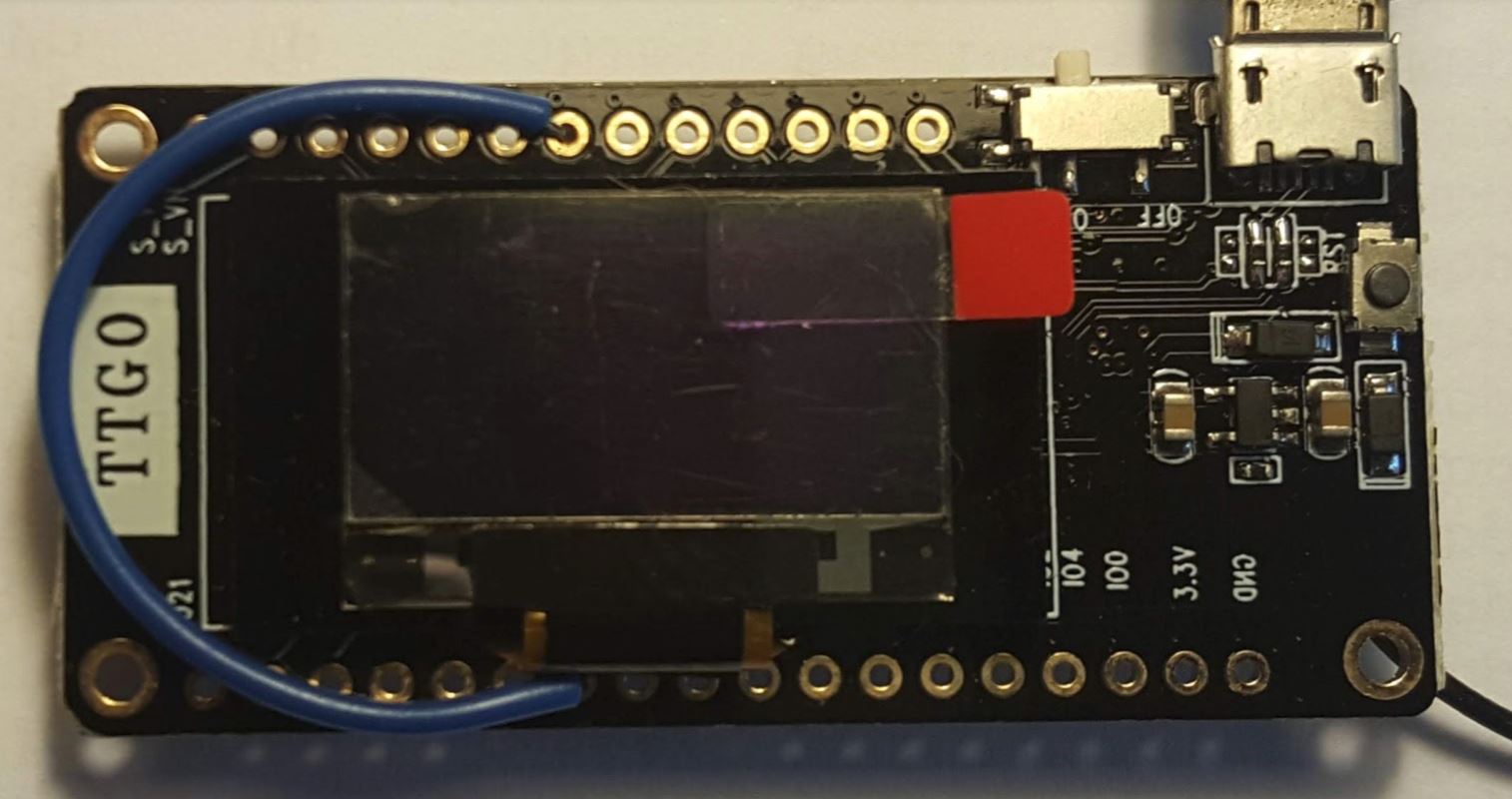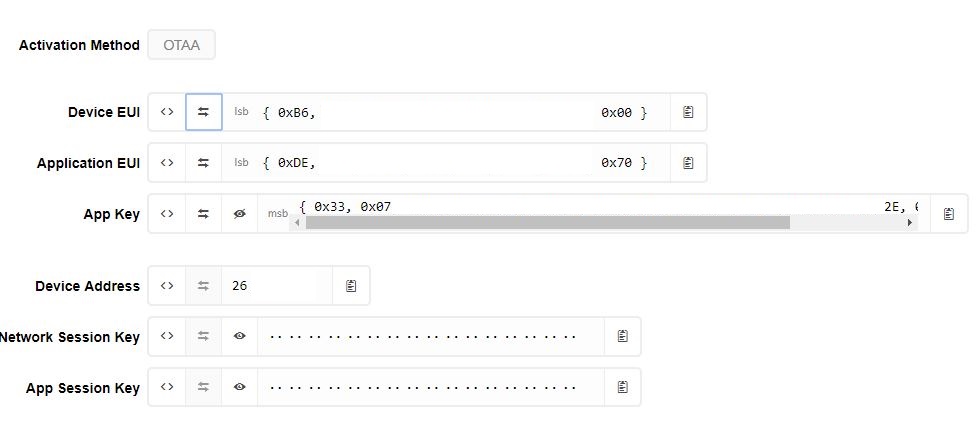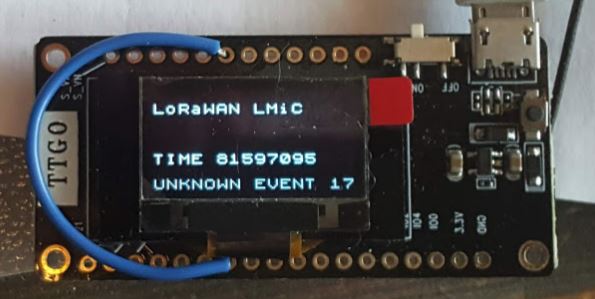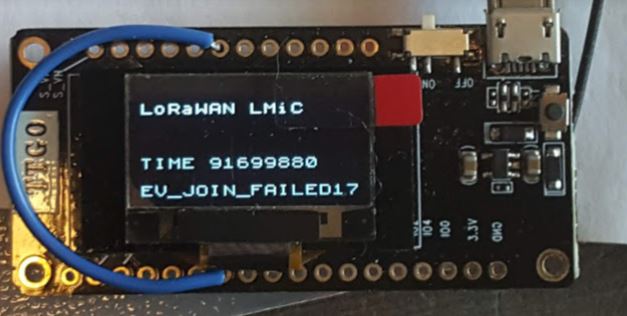I have a one year old Heltec Wifi LoRa 32 ‘V2’ as pictured in the topic start.
That one runs fine with the configuration parameter values described in the topic start.
So, apparently Heltec has made some changes (or there is an issue with your board).
Are you using OTAA?
Are you using one of the standard examples (ttn-otaa.ino, ttn-abp.ino) or a custom sketch?
when I use my original working code from the V1 device, it just hangs on scheduling the packet and never sends it.
That sounds like a DIO (mis)configuration issue.
when I use the .dio 34, 35 setting posted by @Verkehrsrot, it looks like the packet is sent, even a TX_COMPLETE event is triggered, but it doesn’t get trough to the gateway and TTN (I have my own multi-channel gateway 10m away and it works perfectly fine with my other devices,
When using the ttn-otaa.ino example the TX_COMPLETE normally only fires when the OTAA join was successful. OTAA join can only be successful if the connection to the gateway and the TTN backend work successfully.
Best to start with ABP / ttn-abp.ino to rule out possible OTAA issues.
Are you sure everything on the node and backend is configured correctly?
Am I maybe missing some wiring/soldering required that was not necessary with the V1 Heltec device?
Soldering was not required for V1 and the ‘old V2’ (without the V2 marking on the PCB).
Whether manually connecting/soldering DIO ports (board pins or solder pads) to GPIO ports (board pins) is required depends on possible changes. You would need to find out if and which LoRa DIO’s are actually connected to GPIO ports of the ESP32. This could be done with a multimeter with very fine measuring tips.
But if that would be necessary (like with TTGO V2+ boards) then the board would need to have board pins that are only used for DIO ports, or solder pads on the PCB (usually clearly marked). From the V2 diagram this appears not to be the case. But my experience with these diagrams is that they are often not reliable an not (frequently) updated.
FYI, LMIC use of DIO ports: ABP uses/requires DIO0, OTAA requires both DIO0 and DIO1. DIO2 is not used for LoRa.






 Seriously, this V2 Heltec is the only LoRa device I have that ever gave me serious trouble.
Seriously, this V2 Heltec is the only LoRa device I have that ever gave me serious trouble.